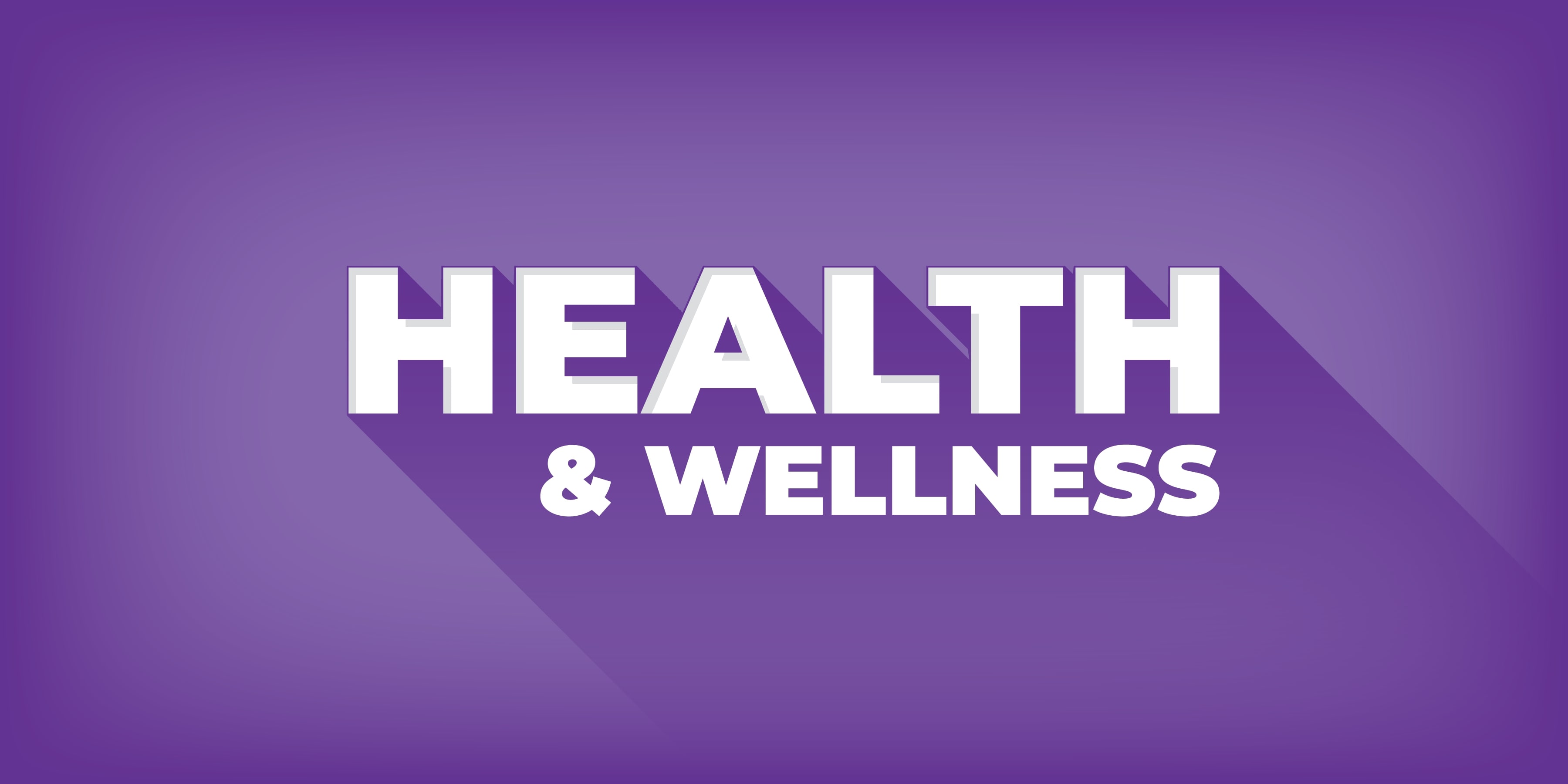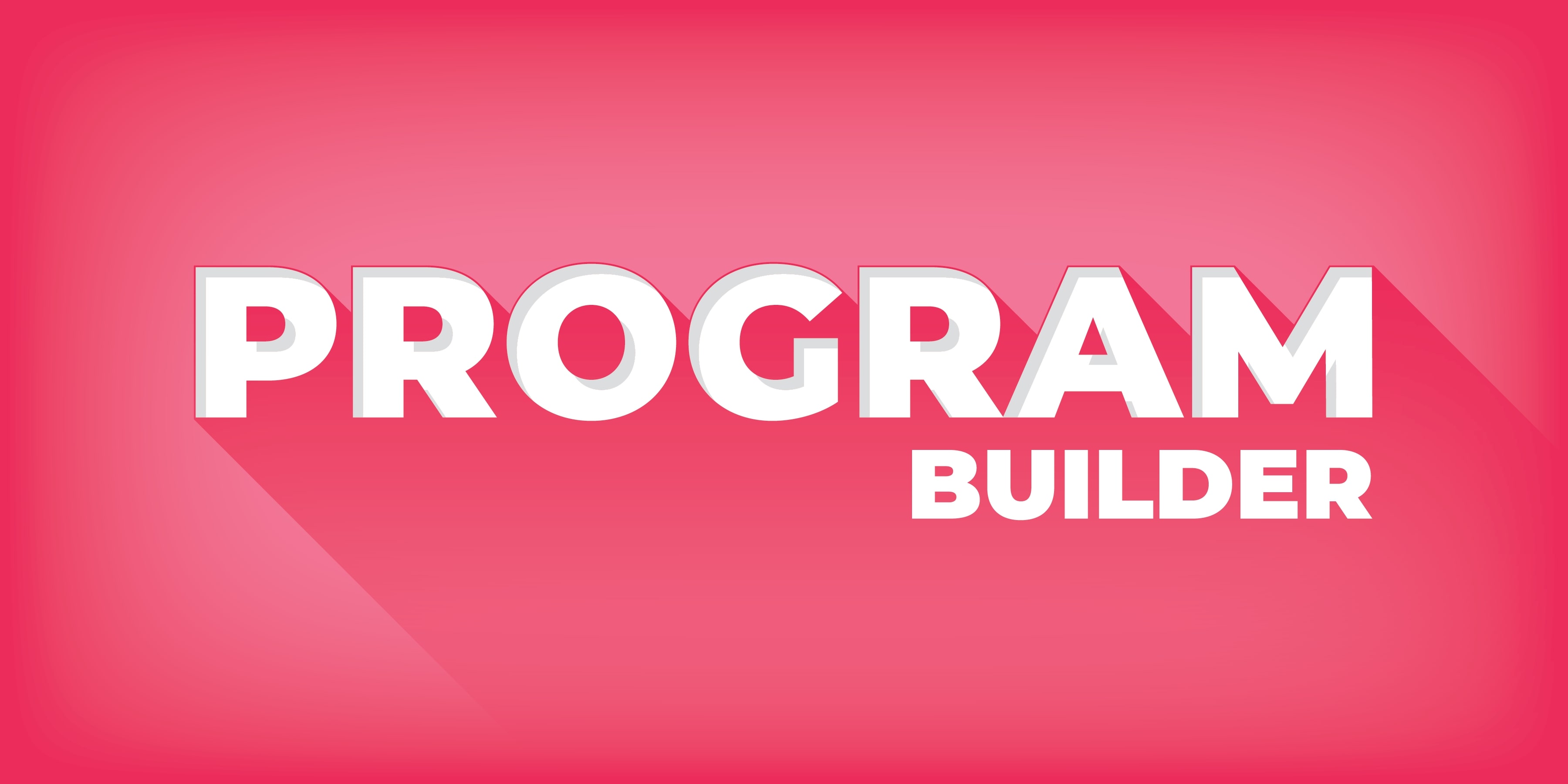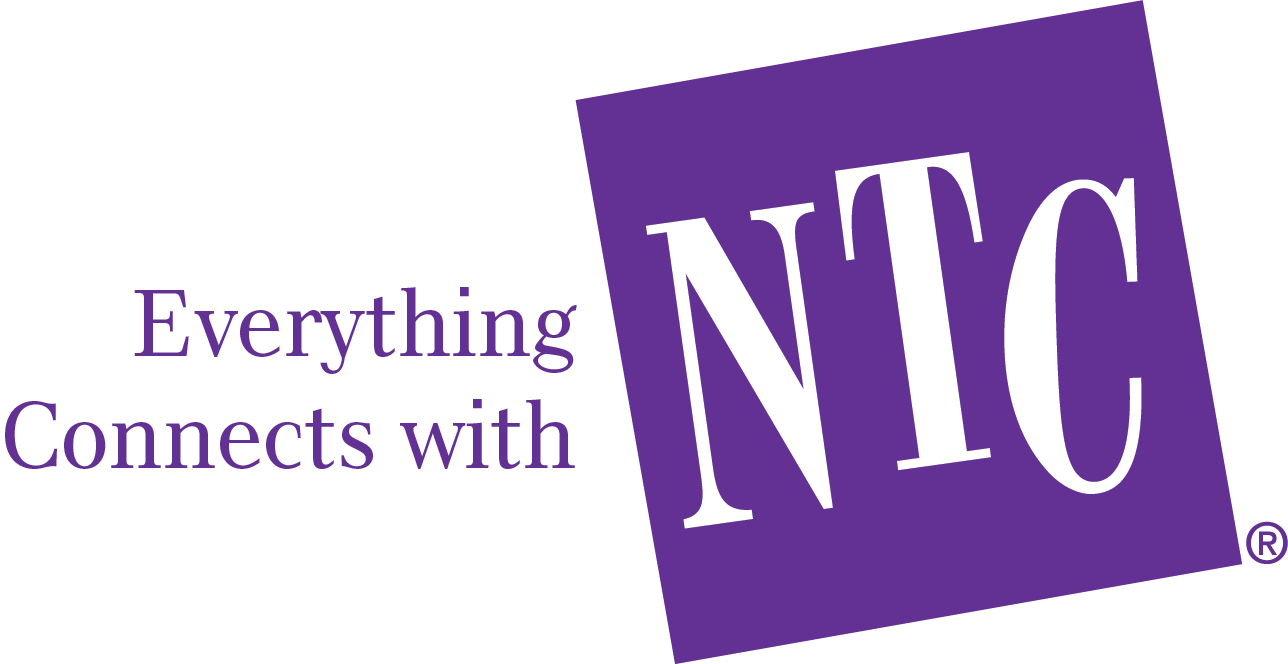Teachers dream big for their students. They want them to succeed, not just in the classroom but in their future lives too. But how are schools preparing students for the future? The ways we work, connect, and live in the future will be shaped by technologies and events that will resonate globally. No one can predict exactly what that may look like, but we need to prepare students for it nonetheless. Students need to learn future ready skills now for success in tomorrow’s world.
Today’s learning environment needs to respond to a fast-paced, ever-changing world defined by disruptive technologies and unpredictable events. The Internet of things (IoT), robotics, virtual reality (VR), and artificial intelligence (AI) are in their infancy but growing rapidly, shaping the future. These technologies and others yet known coupled with economic, environmental, and political factors create a rapidly-shifting world. We cannot prepare students for today’s jobs because these jobs may not exist tomorrow. We need to equip them with future-ready skills, so they can navigate a world yet undefined.
Through our school programming the National Theatre for Children brings a creative approach to learning that nurtures these future ready skills, helping students grow to their full potential.
Let’s examine these future ready skills and how to help students develop them:
- What are future ready skills?
- What are their benefits?
- How are they developed?
- How does a creative education focus their development?
Defining Future Ready Skills and Their Benefits
Today’s classroom cannot just cover content. It cannot concentrate solely on the core competencies of reading, writing, and calculating. Students need learning experiences that build skills they will always need no matter what the job market does, or how things may change, or what opportunities and challenges come their way.
Future Ready Skills Students Can Develop Today:
- Critical Thinking
- An Innovator’s Mindset
- Emotional Intelligence
- Cohesive Collaboration
- Lifelong Learning
- Cognitive Agility and Flexibility
- Creativity
Critical Thinking Skills
In a world that changes quickly, students need to learn, unlearn, and relearn quickly too. They need to embrace risks in their thinking and be able to develop skills that help them look at a problem from many angles and perspectives. Honing critical thinking and complex problem-solving skills to meet challenges builds the ability to adapt to how the world will change in the future. It helps build a student’s resilience.
An Innovator’s Mindset
An innovator’s mindset gives value to out of the box thinking. Disruption requires big picture thinking coupled with the ability to plan, communicate, and execute details. It also takes the confidence to trust your creativity and intuition to take the initiative to act on your ideas. Confidence in your ability to learn becomes more important than what you know already or may need to know in the future.
An innovator’s mindset helps shift the paradigm attached to success and failure. Failure becomes everything that comes before success. It’s the scaffolding needed to see problems from different angles, try new things, find solutions that work by exercising the ones that don’t. This understanding prepares students to pivot and excel in a connected, fast-moving world filled with disruption and flooded with information.
Emotional Intelligence
Emotional intelligence is what robots and AI do not have (at least not now). It’s the interpersonal communication skills needed for an individual to empathize with team collaborators, synthesize collective knowledge, and to appropriately react to changing circumstances. When the world moves and changes at a pace that feels like you’re riding an endless wave, students need to learn to surf. Emotional intelligence is a sturdy board for students to plant their feet on. It makes surfing a changing world a whole lot easier, no matter the circumstances.
Cohesive Collaboration
Collaboration is the ability to work as a team to solve problems. By learning to work together to plan and execute solutions in a cohesive and strategic way, students build any number of necessary skills.
Collaboration requires:
- Effective communication
- Group organization
- Listening
- Strategies to bring together solutions
- Conflict resolution
- People management
- Team problem-solving
Through collaboration, students learn leadership as a social process and self-advocacy. They also learn how to work together to push through challenges, discover solutions, and strategize on how to put solutions to work.
Cognitive Agility and Flexibility
If emotional intelligence is the board under a surfer’s feet, then cognitive agility is learning not only how to stay on the board but how to ride the wave to your chosen destination. It’s the ability to understand how and why something works, but with the flexibility to switch gears when needed, to think on your feet to problem-solve when things change.
Learning to adapt to changing circumstances becomes imperative in a quickly shifting world. It builds the ability to turn changes into opportunities while maintaining your thought process in pursuit of your goals.
Life-long Learner
Being a life-long learner means you trust you know how to learn, making you comfortable with complexity, knowing you will find what you need when you need it. You understand how to access and analyze information and learn new things using technology. It’s not learning to use an application but learning to extend your knowledge in a self-directed pursuit.
Learning to learn means you can keep learning later as things change and evolve. You are able to adapt to learning new tools, new systems, new processes. Teaching students to be lifelong learners prepares them for more than a job, but for life.
Creativity
Creativity is fed by curiosity and imagination. The best ideas started out as wild ideas, but through the creative process, those ideas were put into action. Creativity is the heart of innovation and idea generation. Through creative problem-solving, students learn to apply action to their ideas and gain confidence to move through a changing world with purpose. Creativity is at the heart of thriving in a complex world, gaining the ability to make connections and set ideas into motion.
Developing Future Ready Skills
What is future ready learning? What does it look like? How does it accomplish helping students develop the skills they need? How can schools set students up for success?
Elements of the learning environment that promote the development of future ready skills include:
- Student-centered learning
- Project-based collaboration
- STEM-based learning
- Social-emotional learning
Student-Centered Learning
Student-led learning puts the student at the center of the learning process. It is driven by the student’s curiosity, interests, questions, and passion. It stimulates engagement in the learning process and helps promote deeper understanding. Students are more connected to the work and materials and become independent, active learners through their own choices and ideas.
Student-driven learning promotes confidence in students to become learners motivating them to learn on their own, which helps create life-long learning. They learn that opportunities are everywhere, and the pursuit of learning is never-ending.
Project-Based Collaboration
Classroom learning through project-based collaboration sets up an environment that promotes success through discovering solutions as a group.
Students get a chance to:
- Explore different types of communication
- Navigate group dynamics and leadership
- Apply problem solving to complex situations
- Practice putting solutions into action.
Community based learning projects give students an opportunity to apply problem-solving skills with a real-world connection.
STEM Based Learning
What does STEM stand for in education? STEM is Science, Technology, Engineering, and Mathematics. Through these disciplines STEM based learning challenges a student’s critical thinking skills and problem-solving abilities. Students get a chance to learn through failure.
In the STEM process students:
- Analyze a problem
- Devise solutions
- Test solutions
- Reflect on results
The process often does not stop there. Students often go through the cycle several times in a productive struggle to discover answers and apply working solutions.
Social-Emotional Learning
A classroom that advocates for social-emotional learning for students helps them strengthen their emotional intelligence. It fosters empathy and helps students to gain confidence in developing competencies in:
- Self-awareness
- Self-management skills
- Social awareness
- Relationship skills
- Responsible Decision-making
A Creative Education Focuses Future Ready Skills
A creative education gives students a space for active, hands-on learning and a path to making their own way through the world. It is the key to learning, exploring, and applying future ready skills.
Learning music is not about becoming a musician. It’s what you learn while you are learning to play an instrument that counts. It’s the same with art, performance, dance, or creative writing.
Creating a culture of creativity allows students to practice and explore:
- Critical thinking
- Collaboration
- Cognitive agility
- Communication
- Empathy
- Innovation
- Perseverance
- Idea generation
A creative education allows for opportunities to practice creativity and develop creative skills. It is not a matter of being born creative or not. It’s a matter of developing the creative spirit to make something, to excite in the discovery of making connections, sharing your work, and communicating a vision. Students learn to create something instead of only consuming products, images, and opinions. This is the heart of future ready skills.
The Future is Now
Making a life in a future defined only by fast-paced changes and uncertain disruption means educators are tasked with preparing students today with future ready skills they can use tomorrow. In this way, students can discover new pathways to success to create new roles for themselves and craft a future of their own making.












